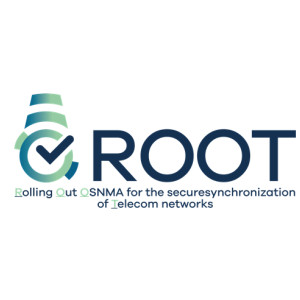 \
&
Contact us
\
&
Contact us
 \
&
Contact us
\
&
Contact us
Published on | 3 years ago
Last updated on | 1 year ago

ann.vanhauwaert@fwo.be
The costs in this category cover the costs that a third party has for resources it contributes to the action (i.e. made available for use by the project). In Horizon 2020 this could be made available for free or against payment. This can include incorporation of a seconded personnel in the project, made available by a third party, or for example the use of lab equipment made available by the third party.
It is still possible in Horizon Europe to work with in-kind contributions, though it is categorised in a different way than in Horizon 2020 since no specific article for in-kind contribution exists anymore.
The notion of ‘in-kind contributions’ against payment does not exist anymore in the Corporate Grant Agreement of Horizon Europe. In-kind contribution can only refer according to the Financial Regulation to in-kind contributions free-of-charge (see in beneath).
If there is second personnel from a third party you will count on, then this should be included as your personnel cost under category A, but under personnel categery A3 in the budget table “seconded personnel”. If you will use equipment or hire a service, then it should be included under the purchase costs.
This is in the program period 2021-2027 solely possible in Horizon Europe. In the AMGA on page 9 (and further in art 6(1) and art 9(2)) dedicated explanation is given. The costs must be declared in the relevant cost category depending on the type of cost (as for “in-kind contribution against payment”) as if they are costs of the beneficiaries themselves. So seconded personnel should be included as category personnel cost A3.
Be aware
We offer news and event updates, covering all domains and topics of Horizon Europe, Digital Europe & EDF (and occasionally, for ongoing projects, Horizon 2020).
Stay informed about what matters to you.
By signing up, you can opt in for e-mail notifications and get access to
a personalised dashboard that groups all news updates and event announcements in your domain(s).
Only for stakeholders located in Flanders

The ROOT project obtained funding under Horizon 2020 topic ‘EGNSS applications fostering societal resilience and protecting the environment’. The project, which ran from November 2020 to July 2022, aimed to demonstrate the benefit of Galileo OSNMA signal to increase the robustness of critical telecom infrastructures.
The Flanders-based company Septentrio contributed substantially to completing this objective together with the other ROOT partners. The results of the project partially close a gap in the security of telecommunication networks dependent on satellite-derived time, with indirect benefits in curbing illegal attempts to disrupt network services.